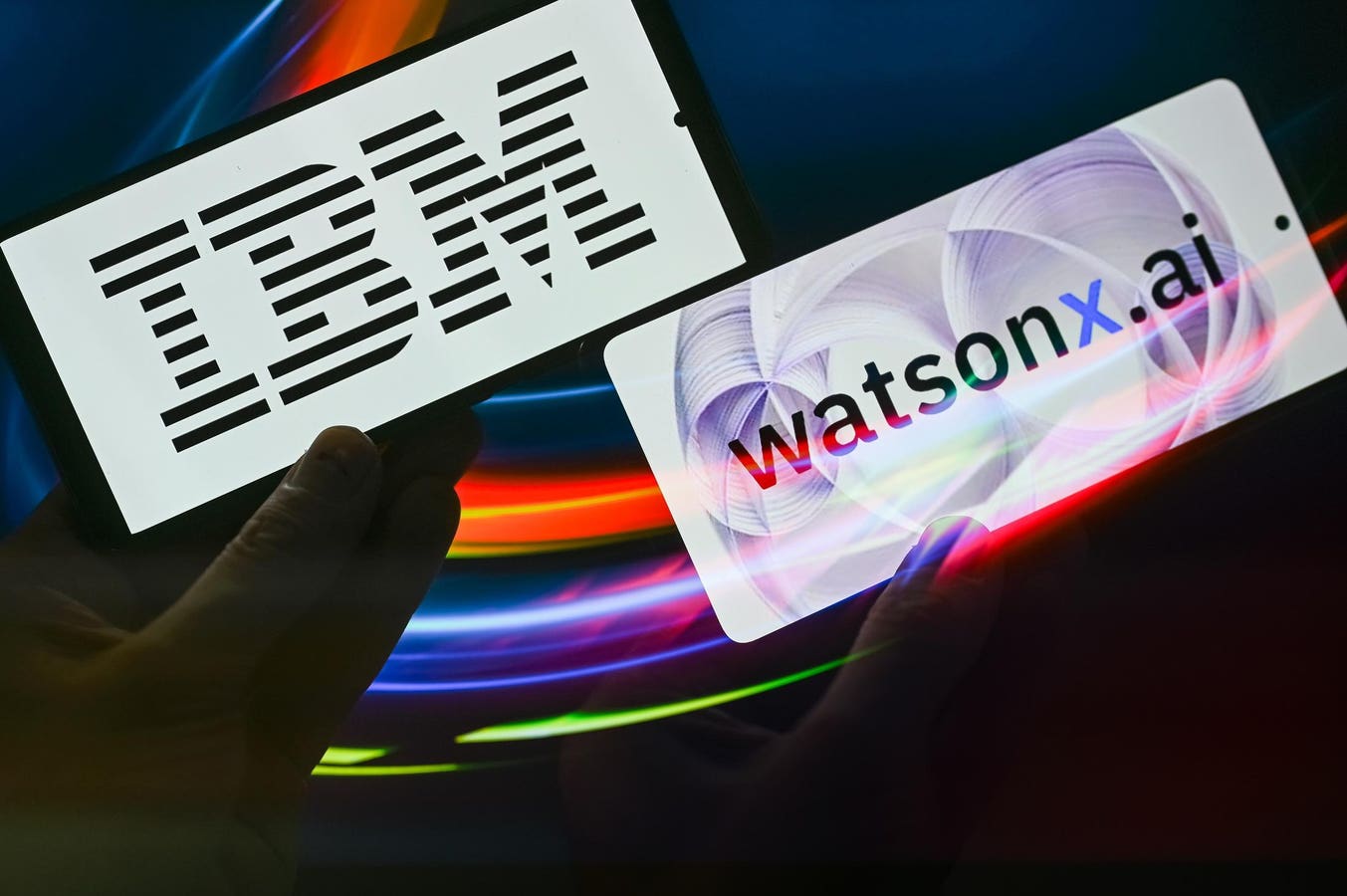Over the last century, IBM also known as International Business Machines ushered in an era of productive, practical and most importantly, profitable computing in the business world, changing the way we do business forever. Since then, businesses have evolved to take on a new moniker – “enterprises”, and today those enterprises are yet again on the verge of a new era of computing. An era where business machines are no longer just reactive tools. An era where enterprise tools are creative assistants. An era of generative artificial intelligence (GenAI). Once again, IBM finds itself in a position to possibly change the way we do business forever.
While the elements for current GenAI capabilities have been in existence since the 1960s when Joseph Weizenbaum developed the first chatbot named ELIZA, it wasn’t until 2017 when transformer networks were introduced that modern GenAI started to take shape. Late 2022 ushered in the dawn of GenAI mass adoption with the release of ChatGPT but most of these early use cases are centered around consumer applications. Adobe with their Adobe Firefly suite of GenAI tools was one of the early adopters to provide GenAI capability for enterprises, especially for creative industries like marketing, content creation and photography. IBM is now looking to accelerate the adoption of GenAI not just in one aspect of the enterprise like marketing, but in everything from software code development to IT operations and even human resources (HR), among other enterprise functions.
Accelerating Enterprise GenAI
The typical code development process involves a company developing an alpha version of the product, doing initial functional testing on it, then deploying it to a small set of friendly alpha customers for actual use in real-world scenarios, getting feedback on bugs, resolving those bugs, going back to the alpha customer to ensure the bugs have been resolved and then moving on to a larger set of beta customers to get further feedback and resolution before finally releasing for general availability. This type of back and forth with external customers whether they be alpha or beta customers prior to release is essential because the company creating the product may not operate in the industry for which the product is developed.
However, when an enterprise is one of the most established enterprises in the modern computing era, like IBM is, what better way to rapidly develop and test enterprise class solutions and receiving firsthand knowledge of what works, what doesn’t work, and required bug fixes and enhancements than first using them internally? This is exactly what IBM is doing with their development of enterprise GenAI solutions, and in so doing, has been able to effectively minimize the number of cycles required with external customer testing to accelerate the development and launch of not just one but multiple enterprise class GenAI solutions.
Given that IBM itself is a large-scale enterprise similar to the customers for whom they are developing these solutions, they are organized in similar ways and have identical needs of their potential customers. Consequently, they are able to use internal teams as substitutes for the external alpha, and sometimes beta customers, to reduce the number of development cycles and streamlining the process required for moving from product ideation to general availability.
IBM Enterprise GenAI Solutions
By utilizing this approach, IBM has been able to rapidly launch multiple enterprise class GenAI solutions. IBMs watsonx Orchestrate is an AI productivity assistant based on watsonx which boosts productivity through analysis and automation of a range of domain specific tasks such as in HR, sales and customer care organizations. Watsonx Code Assistant leverages natural language processing (NLP) to enhance software developer productivity especially in Ansible playbooks for accelerated IT infrastructure automation, as well as for IBM Z modernization translating Cobol to java. IBM has also developed products for IT Automation for streamlining IT ticket processing, reducing mean time to diagnose and mean time to resolve for submitted tickets. IT Automation uses finely tuned large language models (LLMs) to assess incoming ticket requests, identify patterns that foreshadow outages, and issue recommended actions or even write novel software code to be reviewed by experienced IT team members to address the issues. Lastly, IBM has introduced the watsonx-based capabilities into Maximo Application Suite to optimize work order management, asset health monitoring, predictive maintenance and manufacturing quality control.
The Era of Enterprise GenAI
This is just the beginning of enterprise focused GenAI and multiple companies are developing and releasing products to address the increasing number of use cases and applications aimed at increasing productivity and profitability through automation. Through the rest of 2023 and over the next few years,, Tirias Research expects that the pace of innovation around enterprise class GenAI solutions from companies like IBM, Adobe and others will accelerate as research and development processes like those described above yield more insights driving use case maturity, product refinement and development and fine tuning of foundational models.
Read the full article here





